How have the UN and other international organizations – and indeed the whole global governance system – responded to the COVID-19 outbreak? What are we learning from this response?
Back in 2010 we examined (Journal of International Organizations Studies) whether, and how well, the UN system can address the interconnected challenges of today and tomorrow. The effectiveness of the system – mechanisms and operating procedures – was measured against its core functions: early warning, policy-planning, decision-making, coordination, implementation, and support for intergovernmental processes.
The study showed there is only partial readiness, and partial or no integration in the implementation, of these core functions across departments and agencies in the face of emerging, interconnected global challenges. In crisis situations the UN Secretary-General has to make use of existing bodies through ad hoc combinations, which may produce sub-optimal results.
Specifically, how have the WHO and the major states responded to the crisis? We offer below some observations on the ideological and political character of those responses. And we explore how the international system might be expected to change as a result.
The WHO response, and the criticism
Because of the medical nature of this crisis, the main response, in the initial stages at least, was expected to come and indeed came from the WHO. As soon as China notified it of the existence of a cluster of atypical pneumonia cases in Wuhan (31 Dec. ’19), WHO procedures were set in motion.
While China was the first to encounter and document the challenge, the official problem-identification and designation as a Public Health Emergency of International Concern (PHEIC), came from the WHO, in late-January ‘20.
This relative delay has been criticised by some, notably the US President who saw it as a result of WHO ‘kowtowing’ to China, the most populous country and second biggest national economy in the world but a very small contributor to the WHO budget, 0.21% compared to the US 14.67%. the President “[placed] a hold on all funding to the WHO while its mismanagement of the coronavirus pandemic is investigated”.
In defence, WHO and many supporting it, point to the systematic steps taken to establish the nature and significance of the threat, including with a WHO field mission to Wuhan, the convening of an Emergency Committee of independent experts from around the world, and the progressive raising of the alarm. They also point to China’s cooperation, including by sharing the genetic sequence of the virus, all in January 2020.
Concerning the threat identification phase, apparent ”competitors” to the WHO / country-of-origin cooperation had been the secret services of the US. Without getting into conspiracy theory, it has been credibly argued that the US President had received warning through his intelligence services as early as November 2019 that “a contagion was sweeping China’s Wuhan region”.
In terms of awareness-raising, once the WHO had received the initial notification, it issued regular updates for specialists and the broader public. These were intensified with regular briefings held by the WHO Director-General and senior associates.
A further initiative by WHO was to contact the big tech companies (Facebook, Google, Apple) for support in fighting the ‘infodemic’ of fake news about COVID-19. This supplemented efforts by WHO and health authorities around the world to inform the public about the COVID-19 contagion risks and ways to avoid getting sick via spots on TV and radio channels, as well as the internet.
High-level briefings on the fight against the disease thus became a daily occurrence in many countries, with the participation of senior government leaders and top medical experts. An eventual public information coalition gelled around the WHO messaging. Conspiracy theories and the promotion of unscientific treatments did not fully subside, with occasional prominent advocates including the US Presidentwith his apparent chloroquine and bleach obsessions.
Who took the leadership in terms of articulating a clear vision and mobilising significant resources to address the emergency? WHO did produce extensive technical guidance on how to deal with the COVID-19 emergency, for the use of medical services, national authorities and individuals. Controversy did not disappear, as in the case of the use of masks and on travel restrictions. WHO initially advised against imposing bans on air travel, notably from China, something that again infuriated the US in particular, which soon imposed such a ban on Chinese and European travellers as well.
By and large, the WHO did a credible job with the information that it was given. It could have been less diplomatic with China, no doubt, risking the ire of one powerful global actor. It avoided that but stepped on the toes of another major actor, the US which seems bent on fighting a trade war and perhaps a broader cold war with its ‘strategic rival’, keeping also the US election calendar in mind.
No doubt like any international organization and any large bureaucracy, the WHO could have operated more quickly and effectively. So could every UN member state.
Other responses from the international system
While measures were increasingly being taken to contain COVID-19 infections, it became clear that the global economy was coming to a standstill. The result was the outbreak of a second crisis, an economic one, which soon turned into a matter of survival for individuals and companies, both large and small. The response came from national treasuries and central banks, though special handouts and quantitative easing, in the case of the US amounting to several trillions of dollars poured into the economy. The IMF established a credit-line of US$1 tr. for the many countries asking for help.
In the midst of all this, and while the WHO was rightly the visible face of the UN system during the initial, clearly health-related stages of the emergency, the UN Secretary-General entered the arena with various statements. He called on the G-20 to help avert an economic collapse, and on the developed countries to help their counterparts in the developing world deal with the emergency. He also called for a worldwide ceasefire during this period and for attention to the increasing incidents of domestic violence due to home confinement.
Increasingly the focus has turned on the socio-economic consequences of the emergency and the need to ‘recover better’, more sustainably – in the spirit of the 2030 Agenda and the SDGs. These and other initiatives, including from UN system agencies, funds and programmes, are presented on the UN web pages dedicated to COVID-19. While the General Assembly passed two resolutions related to COVID-19 – on international cooperation to ensure global access to medicines, vaccines and medical equipment and on global solidarity to face the virus – it is worth noting that the Security Council has been unable to produce any outcome, not even in connection to the pandemic and conflict zones. It is worth recalling UN Headquarters (New York) and its offices elsewhere are also under lockdown because of the crisis.
Actual decision-making on containment and economic revival, therefore, were left to member states – with initially minimal coordination even within tightly-knit groups such as the EU. In many countries, there was disagreement and conflicting decisions between national and sub-national jurisdictions (notably USA, Brazil).
In each case, the health experts advised the political authorities on adjustment measures to suit national circumstances. Further processing of emerging good practices took place through the WHO and reputable health institutes around the world, which remained connected despite a surge in nationalism.
Unfortunately, both the best and the worst of humanity come out in the event of a crisis.
- A perceived lack of solidarity towards Italy by its European partners shook the foundations of the EU and a demand for mutualised debt issuance remains under discussion.
- Offers of support by China, Russia and others are dismissed by some as propaganda gestures, yet welcomed by those directly benefitting.
- A new wave of conspiracy theories which we discuss more below.
What became evident to all was that national resilience has a strong local element which does not necessarily align with the push for more globalised efficiency through cross border supply chains.
There will likely be, in the near future, a strong push for national self-sufficiency as part of the national interest of all states, small and large.
We discuss this in Part II.

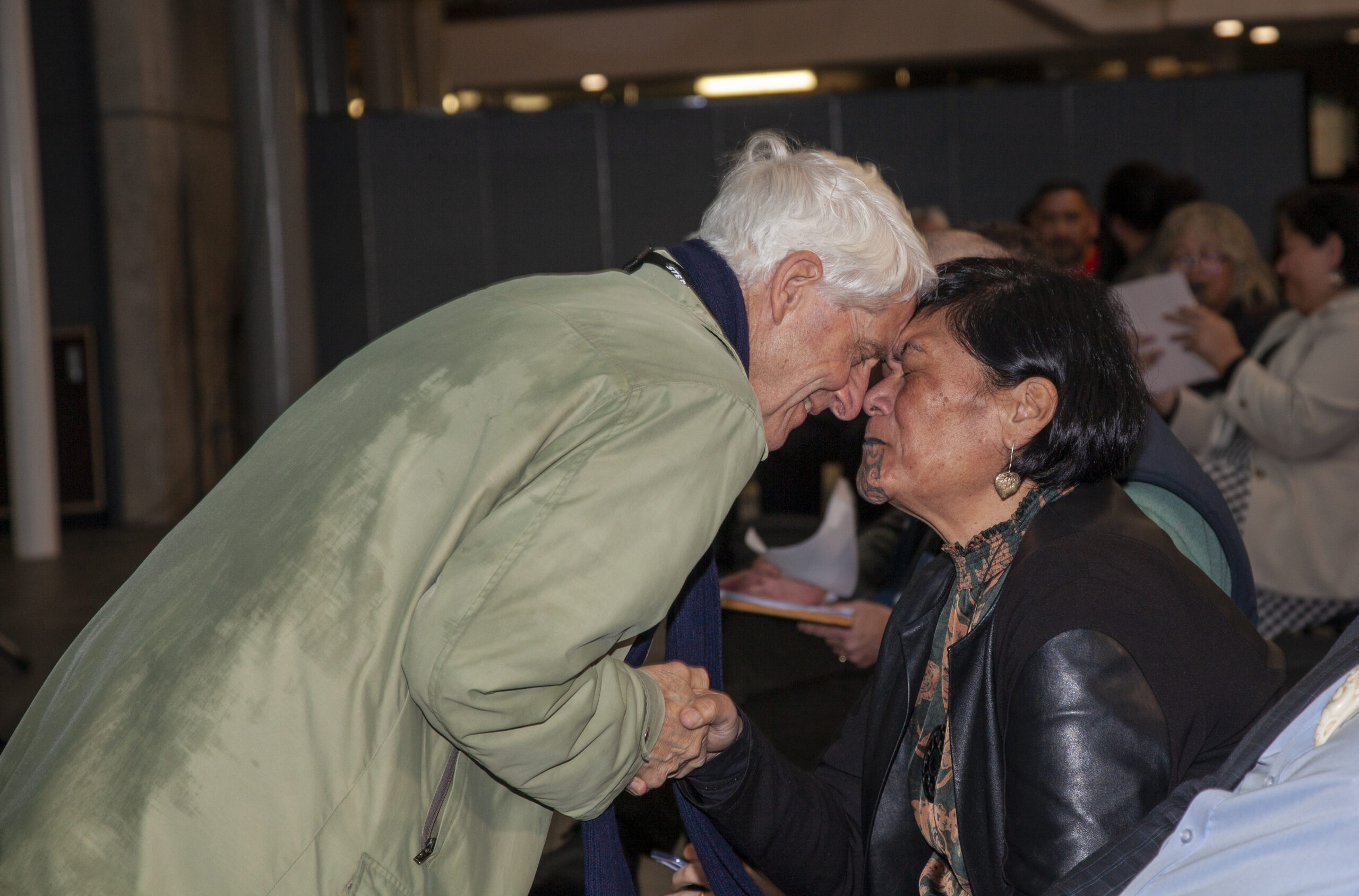
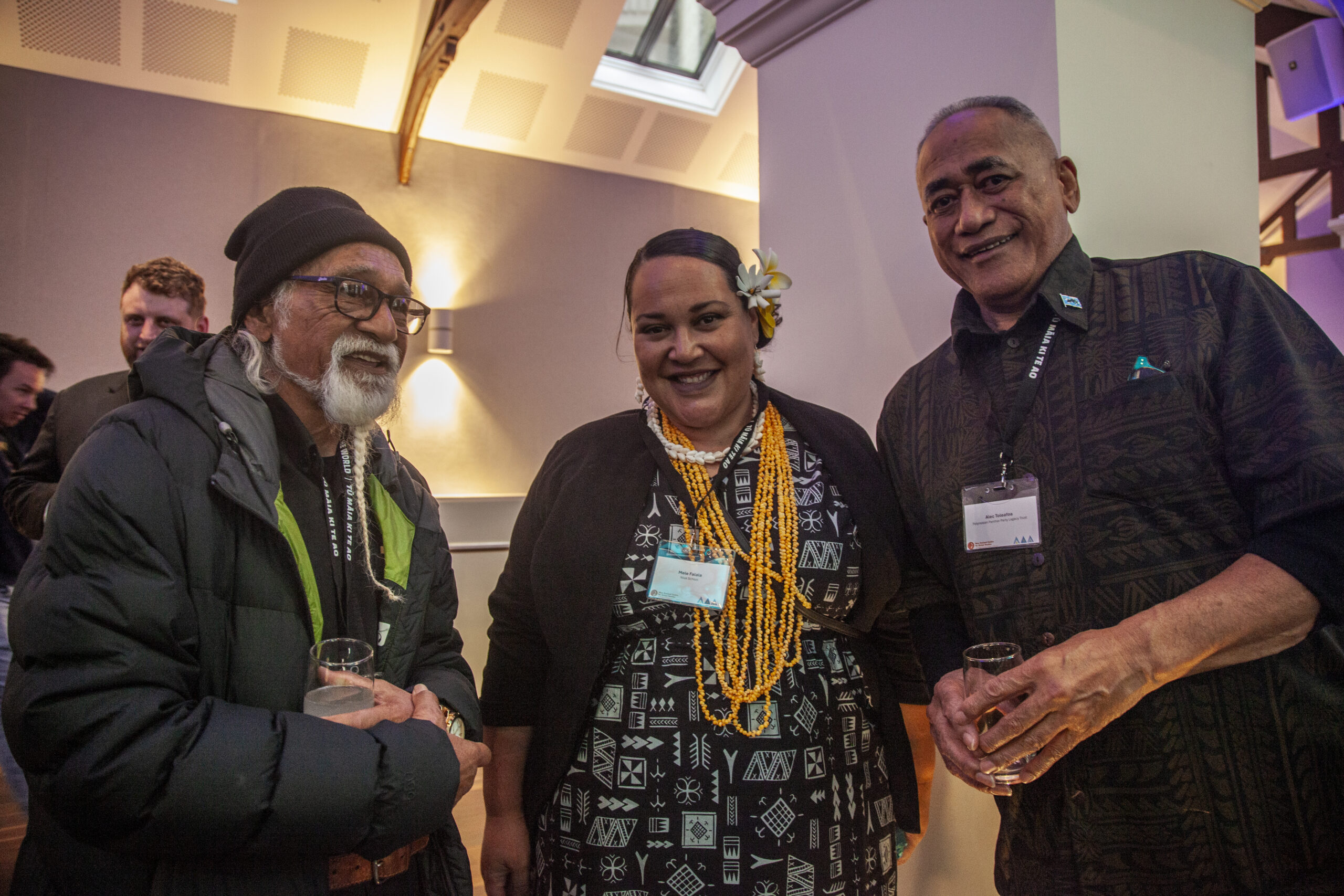
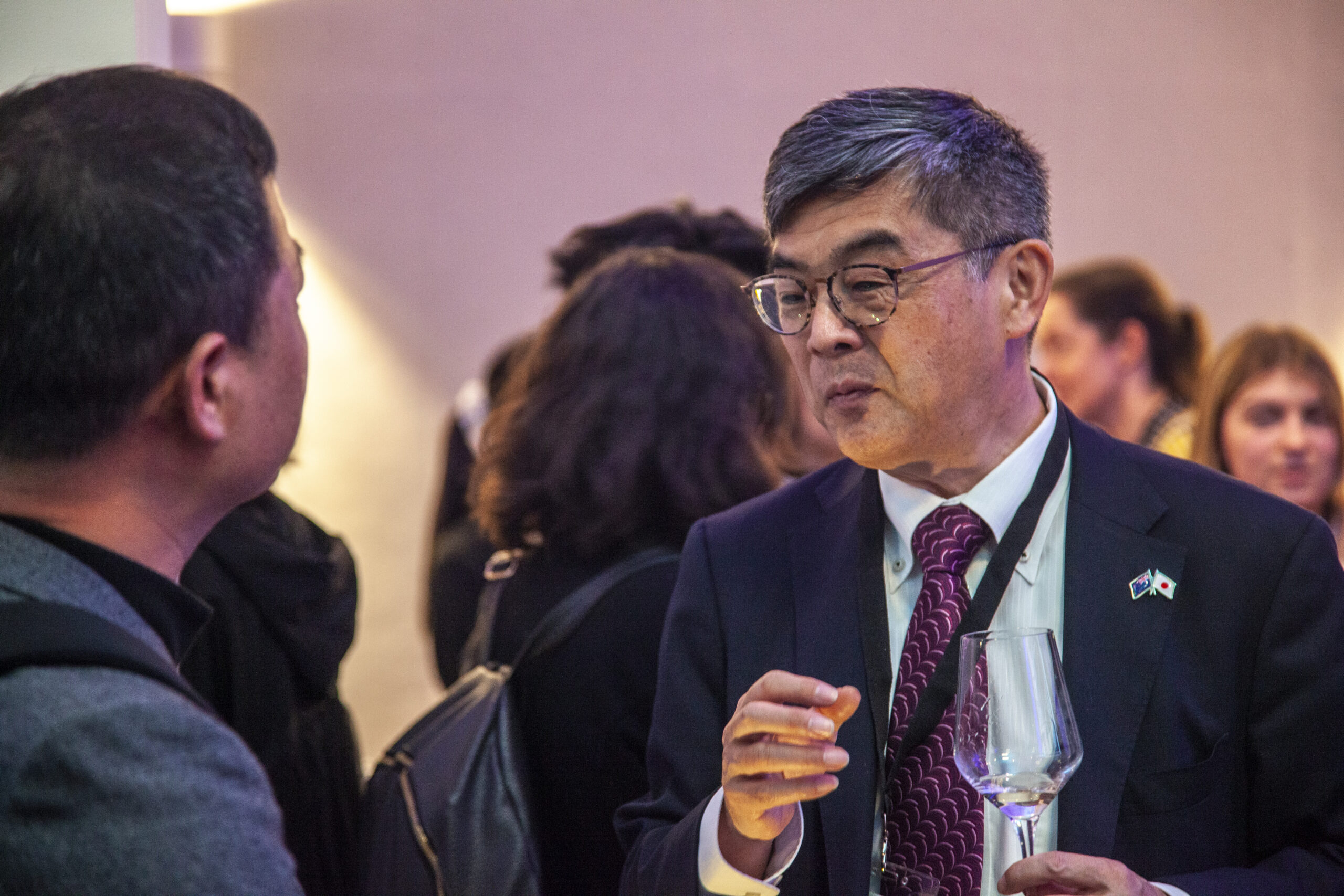
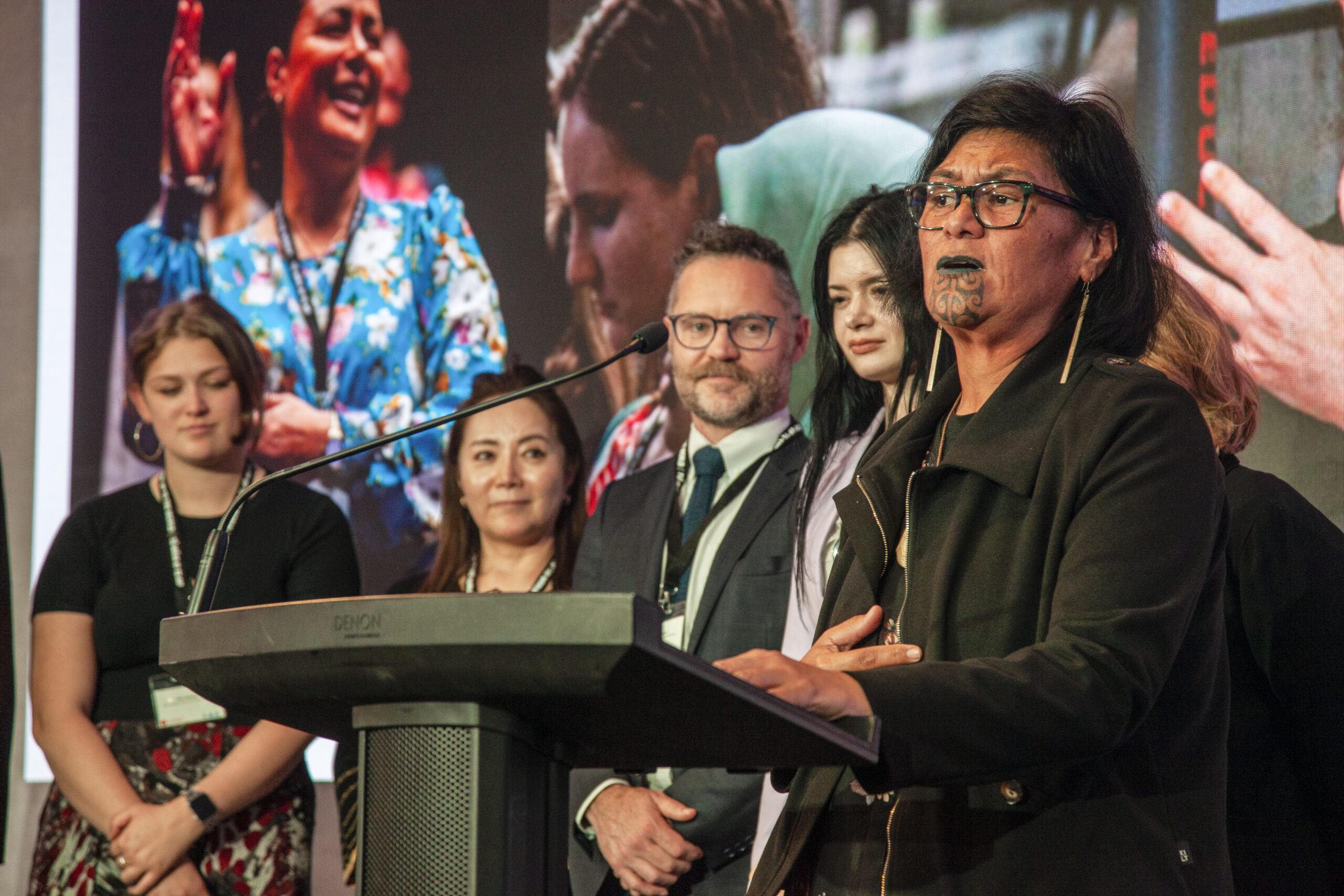
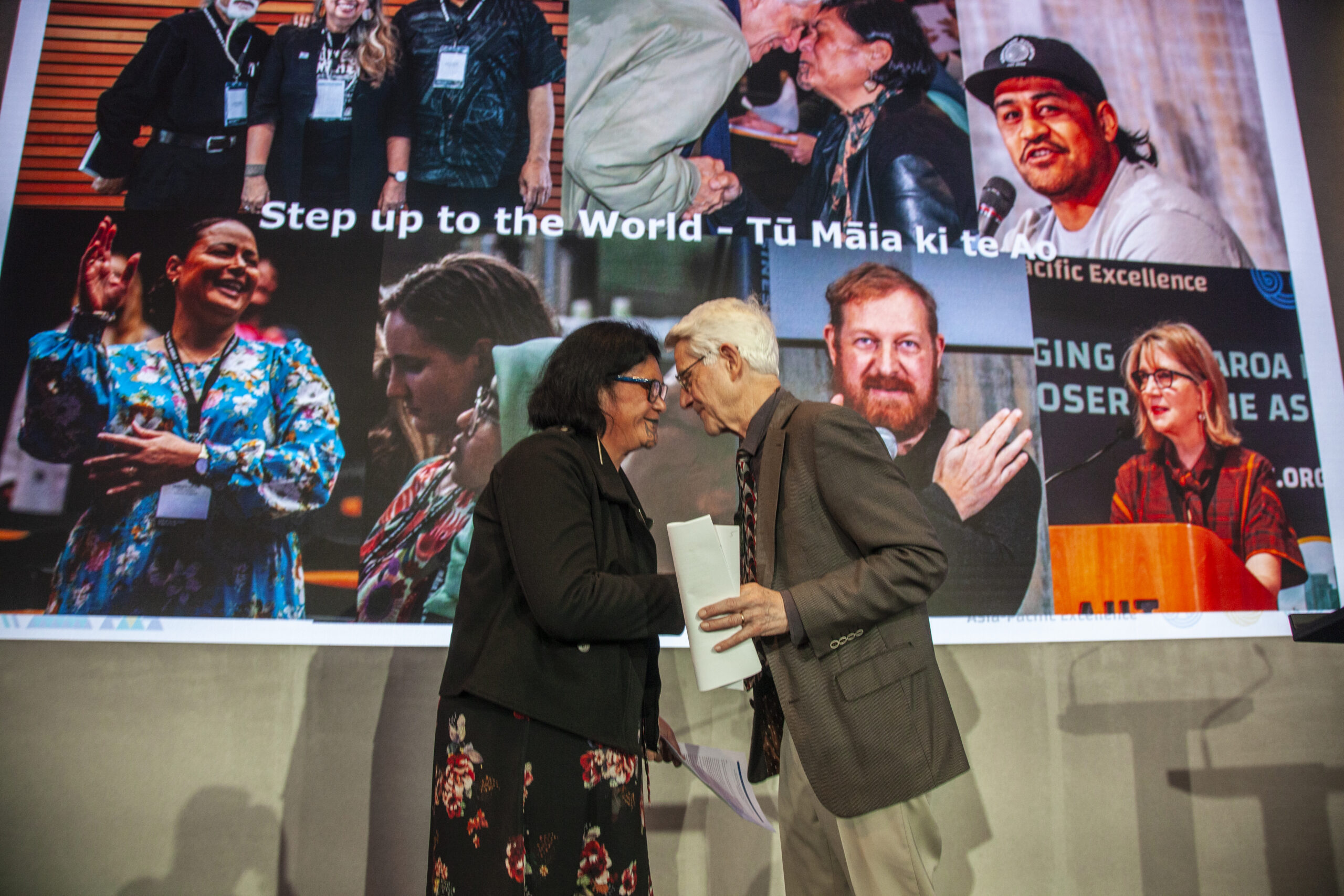
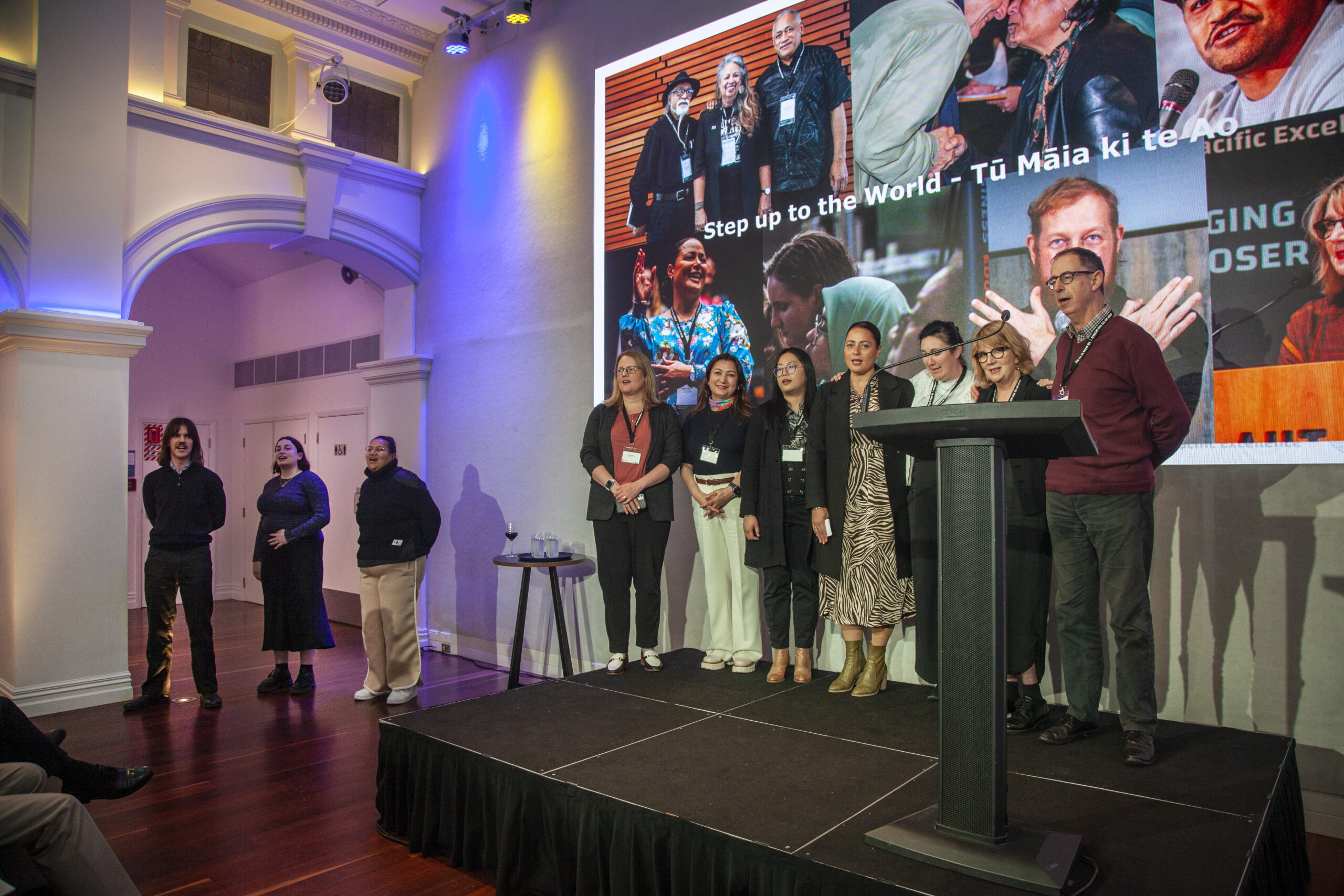
Interesting analysis which would be more understandable if a few more dates were provided.
One important area is the role of professional networks that underscored the effectiveness of the process. It highlights the need to guarantee professional freedom of communication globally, which can be difficult if politics is involved.